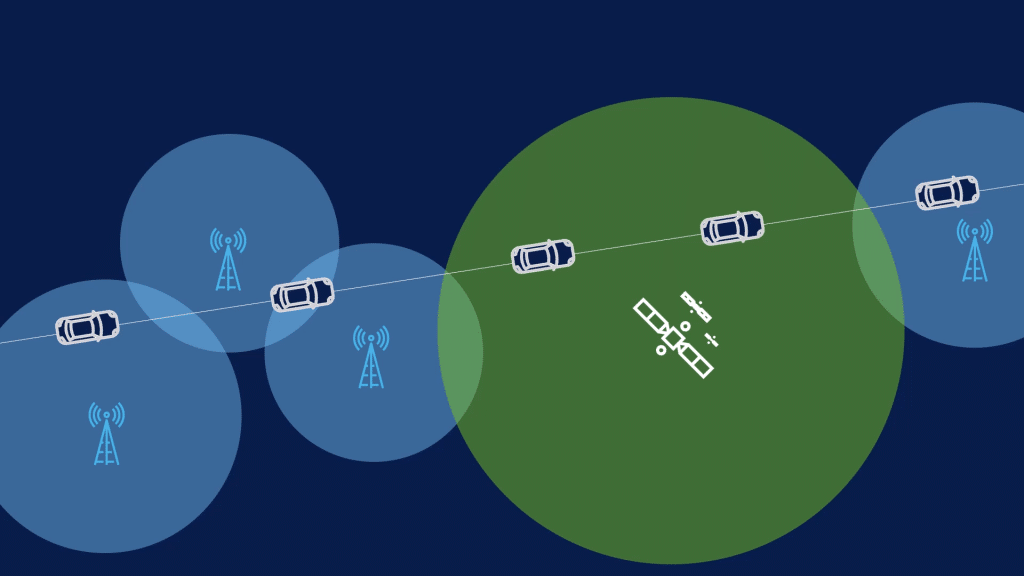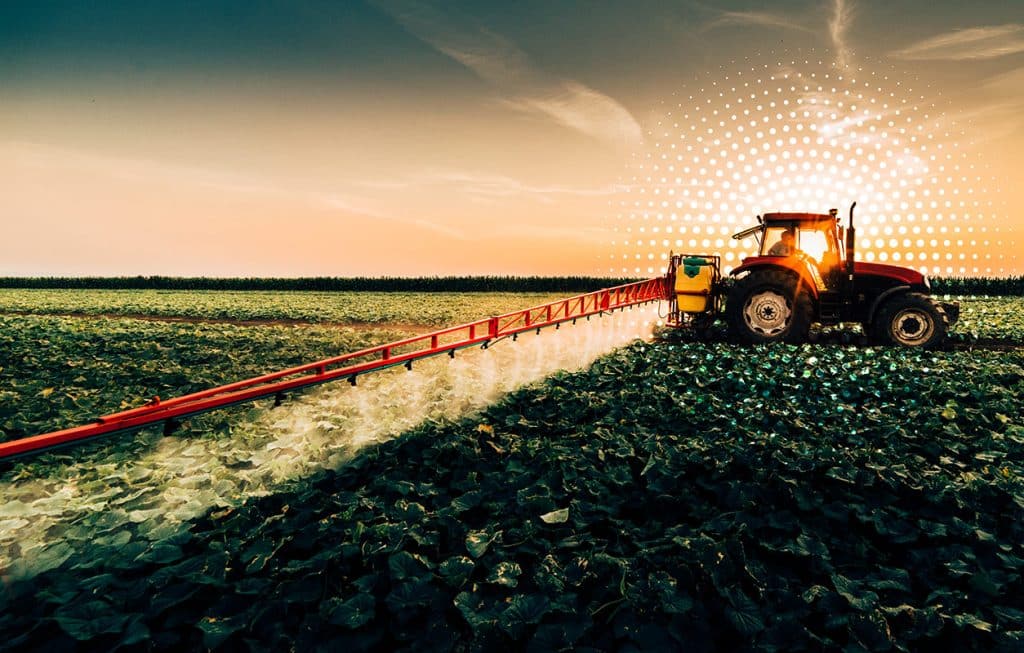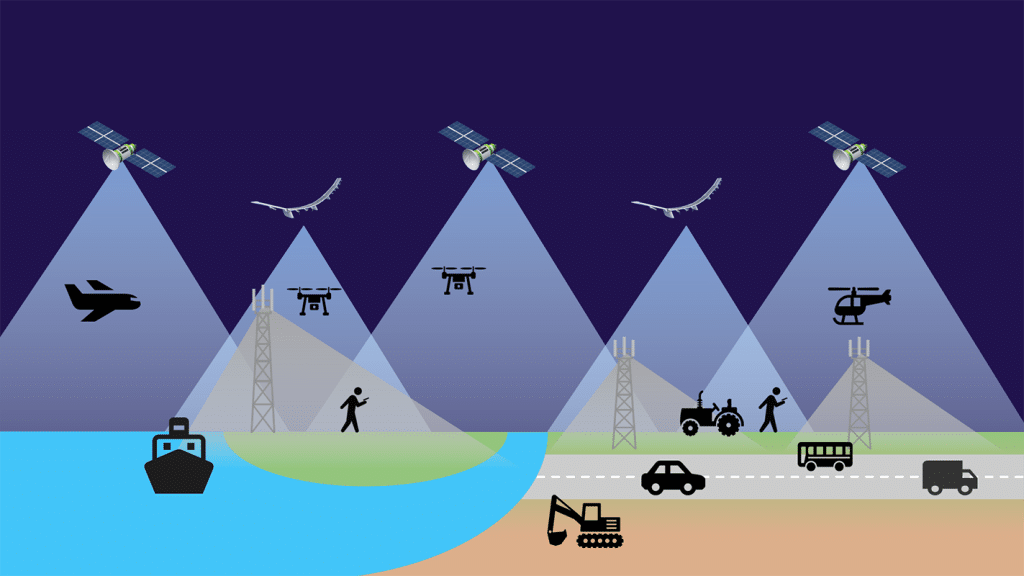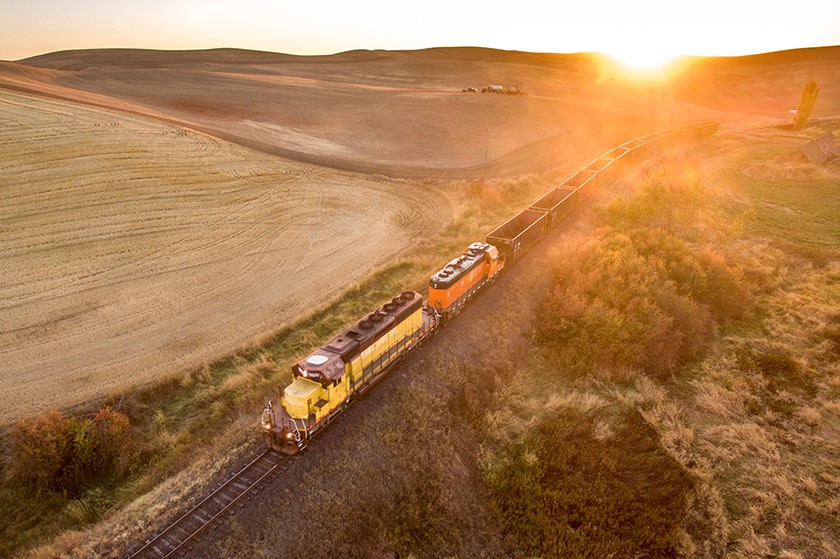Powering the Modernization of the Agricultural Industry and the Smart Farm of Tomorrow
Mark Rasmussen, Senior Vice President, Mobility
Global agriculture is in the throes of a digital transformation – and the timing couldn’t be more critical, with global crises threatening food supplies and agricultural production needs expected to increase 70 percent by 2050. Powered by billions in investment, emerging technologies are ushering in the era of “smart farming,” in which growers can ultimately operate more efficiently and productively.
The modernization of agriculture enables today’s farmers to harvest crops with greater speed and efficiency using automated tractors and remotely operated equipment. Drones can detect areas where irrigation, planting, or fertilization is needed. Robots can plant and spray fields with tremendous precision, ensuring optimization of valuable inputs. Today’s on-farm technology can monitor livestock, field conditions, and equipment in real time, allowing farmers to preempt issues before they become major problems. AI can help predict and inform decisions related to the growing crop.
Taken all together, the promise of these technologies helps alleviate the stress of fieldwork, freeing farmers to focus on the higher-value operational demands of their business.
Today, Pat Blomme’s diverse crop and livestock farm in Iowa relies heavily on technology to keep the business moving the right direction.
“Profits are tracked daily by calculating feed stuffs loaded and delivered to specific groups of cattle. Real-time inventories are managed by technology to make efficient calculated decisions and track our bottom line. The information we capture in our equipment is critical to our ability to make data driven decisions in the present and future.”
But no matter the technology application or specific use, he believes the success of smart farming today and its prospects for widespread adoption in the future rely on a singular common requirement: connectivity everywhere.
“Reliable connectivity is an integral part of our day-to-day operations, whether that be in-season decisions or future crop years’ planning and preparations,” said Blomme.
To fully adopt and implement new technologies that will allow growers to meet the needs of a ballooning global population, farmers and equipment manufacturers will need access to high-speed, uninterrupted broadband connectivity at all times and in all locations.
Currently, in rural areas, the availability of reliable cellular or Wi-Fi connectivity is not always guaranteed. Terrestrial networks are also vulnerable to the impacts of weather events that can knock a farm offline for days or longer, a scenario that would simply not be acceptable for Blomme.
“During the growing season, we have an extremely narrow window of opportunity to plant and harvest our crops, which is dictated by weather. We only get one shot each year so it’s critical that we’re able to plant when conditions are optimal. The margin of error is very thin and reliable connectivity is critical to our ability to keep the wheels turning.”
Given this reality, satellite communication networks must play a critical role in enabling the smart farm of the future.
For farmers seeking to embrace and adopt technology and modernize operations, Intelsat’s FlexMove network is the next-generation connectivity solution designed to meet the needs and challenges of a modernizing agricultural industry.
The first globally available, mobile broadband satellite network of its kind, FlexMove delivers the enterprise-grade connectivity farmers need to send and receive real-time data and telematics for maintenance and troubleshooting and ensure constant connectivity to the cloud via Intelsat teleports. Powered by high-throughput satellites and backed by Intelsat’s software-defined space and ground network, farmers can also use FlexMove to remotely deliver software updates to machinery, establish real-time video connectivity to understand field conditions, and capture historical data that can better inform planting and harvesting decisions, leading to a more profitable harvest.
FlexMove is accessible via terminals and antennas designed to seamlessly integrate into machinery and field equipment. Multi-orbit and dynamic allocation capabilities ensure the right amount of bandwidth is delivered at the right time, enhancing affordability and convenience. Even the most non-technical user can establish a connection to the network in minutes and have uninterrupted connectivity governed by service-level agreements. To overcome the increasing global population, climate change, and geopolitical challenges, agricultural technology will continue to evolve. As the market for precision farming grows from $8.5 billion today to $15.6 billion by 2030, farmers will become increasingly more dependent on reliable connectivity to access and leverage the modernized tools that will enhance production, manage costs, and sustain growth.






















